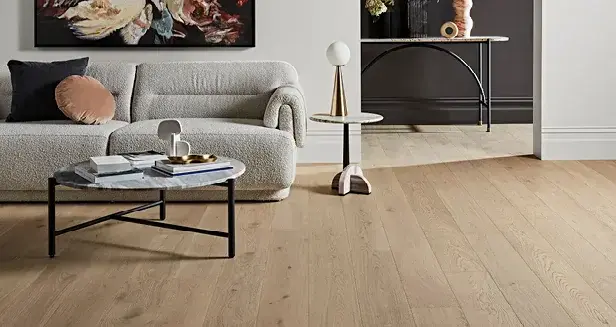Timber floors come in a variety of species, colors and finishes to suit any taste or budget. The most popular types of timber floors include solid hardwood, engineered wood, bamboo and laminate.
Timber floors can be installed over almost any type of subfloor including concrete, plywood, OSB or even existing flooring. Installation is typically done by nailing or stapling the boards to the subfloor but some types of flooring can be floated on top of an underlayment. If you need more information about timber flooring you can check this website https://www.floatingfloorsdirect.com.au/product-category/timber/

Image Source: Google
There are several types of timber floors, each with its own unique set of benefits and drawbacks. The most common types of timber floors are:
Solid hardwood floors: These are made from a single piece of solid wood, typically around 18mm thick. Solid hardwood floors are very durable and easy to repair, but they can be more expensive than other types of timber flooring.
Engineered wood floors: These are made from layers of plywood or hardwood veneer, with a top layer of real wood. Engineered wood floors are more stable than solid hardwood floors, making them less likely to warp or cup. They're also usually cheaper than solid hardwood floors.
Laminate floors: They are made from multiple layers of synthetic material, with a photo-realistic image of wood on the top layer. Laminate floors are very durable and easy to install, but they can't be refinished like real wood floors.
Vinyl plank flooring: Vinyl plank flooring is made from multiple layers of vinyl, with a realistic wood grain pattern printed on the top layer. Vinyl plank flooring is waterproof and easy to install, but it's not as durable as other types of timber flooring.
